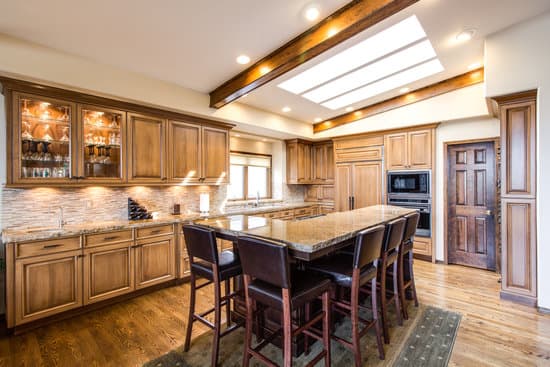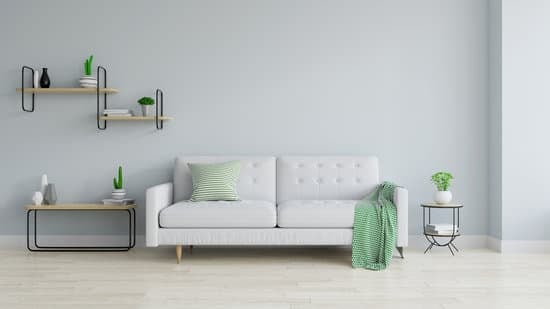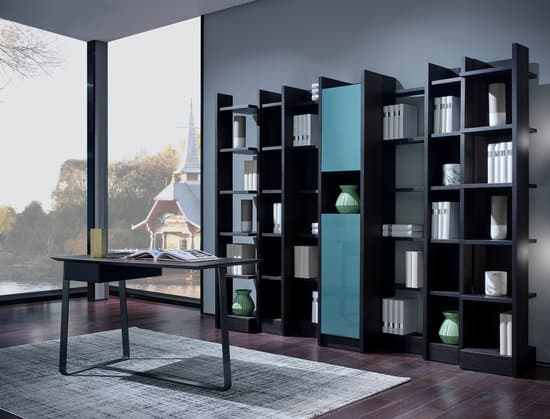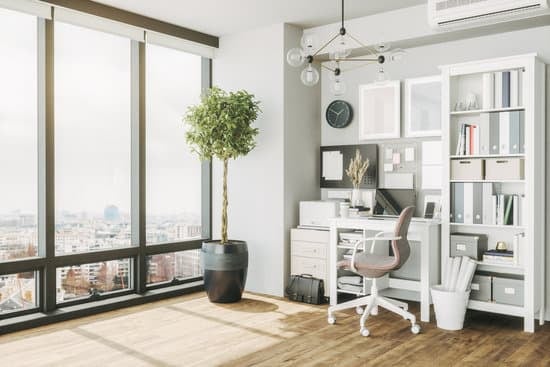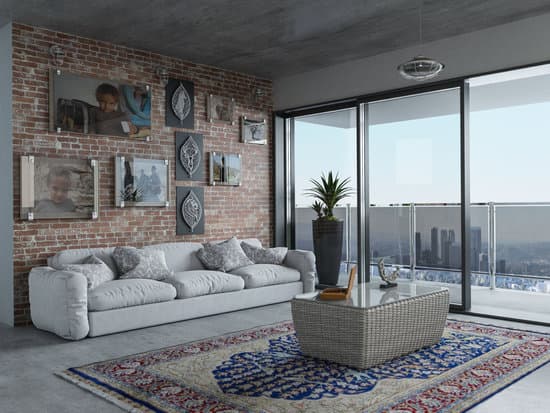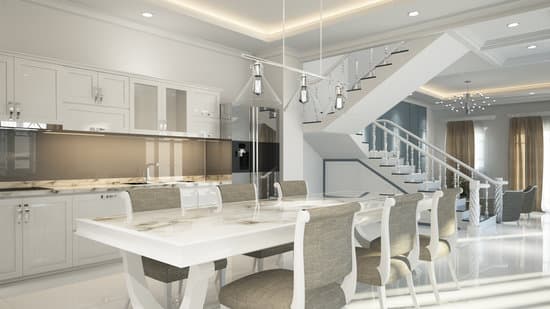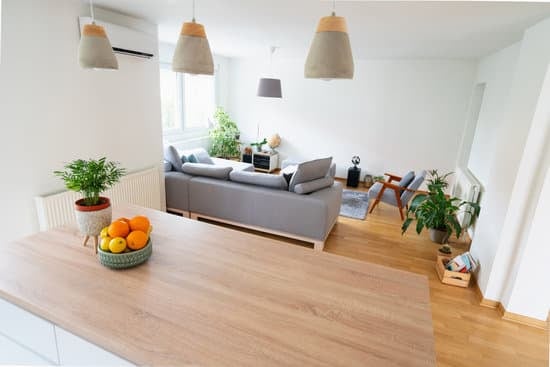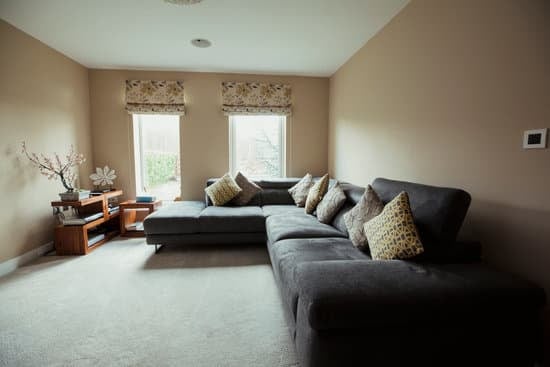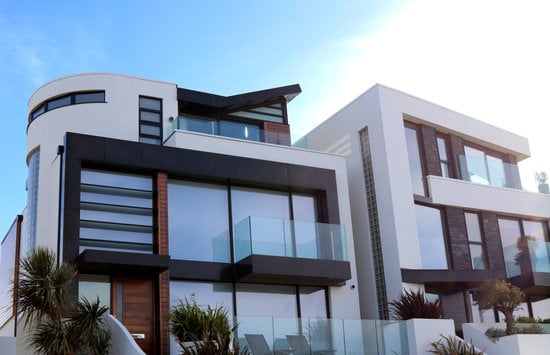A house built in 1900 can last for well over a century with proper maintenance and upkeep. However, there are several factors that can impact the lifespan of a home constructed in the early 1900s. Here are some considerations to keep in mind:
Structural Integrity: A home’s foundation is one of the most important factors in determining its lifespan. If the foundation is in good shape and has not been compromised by water damage or structural shifting, the house can last for decades or even centuries.
Building Materials: Homes built in the early 1900s were often constructed with high-quality materials such as old-growth lumber and durable brick. These materials can withstand the test of time, but they do require maintenance and occasional repairs.
Maintenance: Regular upkeep is essential for maintaining the structural integrity of an older home. This includes tasks such as repointing brickwork, repairing or replacing damaged roofing, and updating electrical and plumbing systems as needed.
Weather and Environmental Conditions: Homes built in the early 1900s were not always designed to withstand extreme weather events or environmental hazards such as earthquakes. If your home is located in an area with high seismic activity, it may require additional reinforcement to prevent damage.
Location: A house built in 1900 located in a region with harsh winters or hot summers may require additional maintenance and insulation to remain comfortable and structurally sound.
Overall, a house built in 1900 can last for decades or even centuries with proper maintenance and upkeep. If you are considering purchasing an older home, it is important to have it inspected by a professional to identify any potential issues and create a maintenance plan to ensure its longevity.
How long will a house built in 1900 last? Tips for preserving its charm and value.
